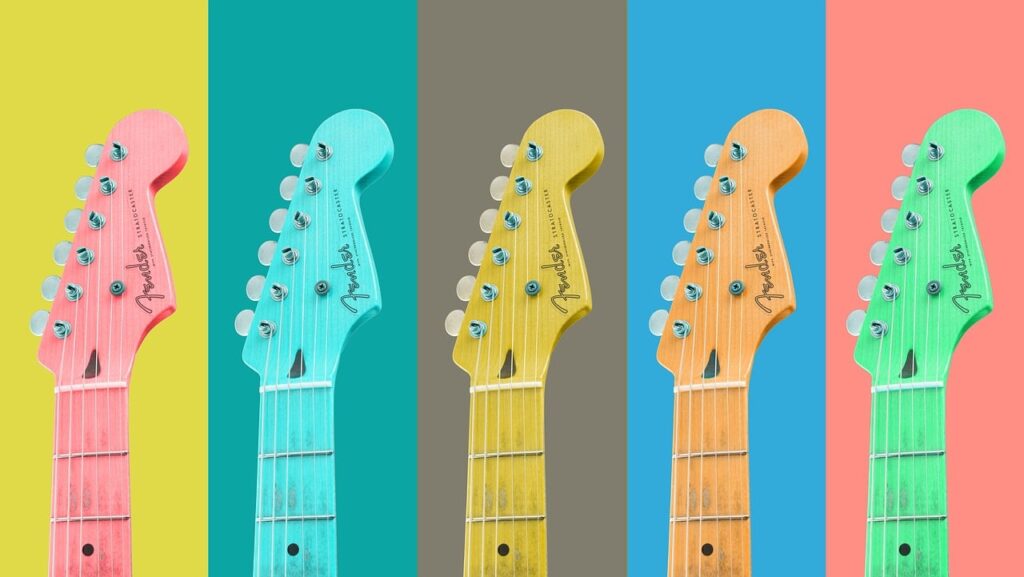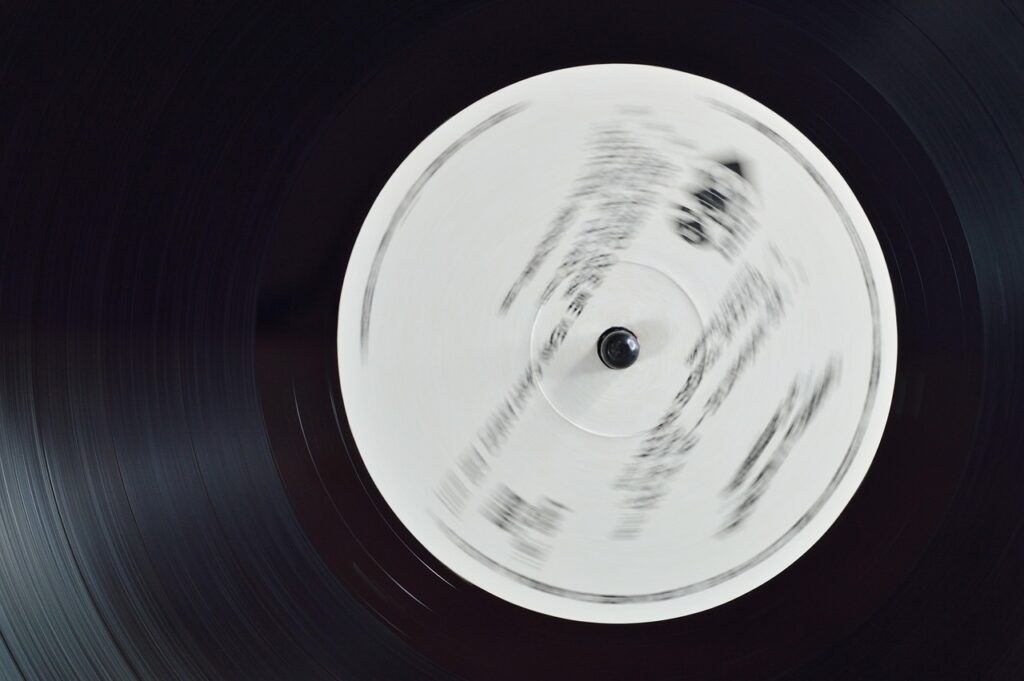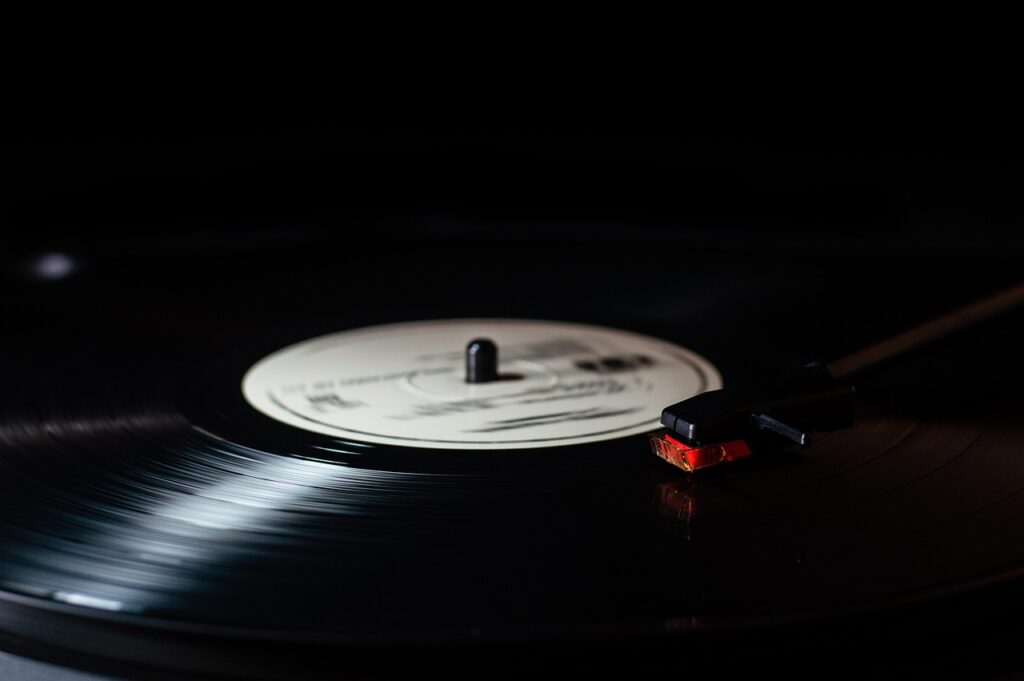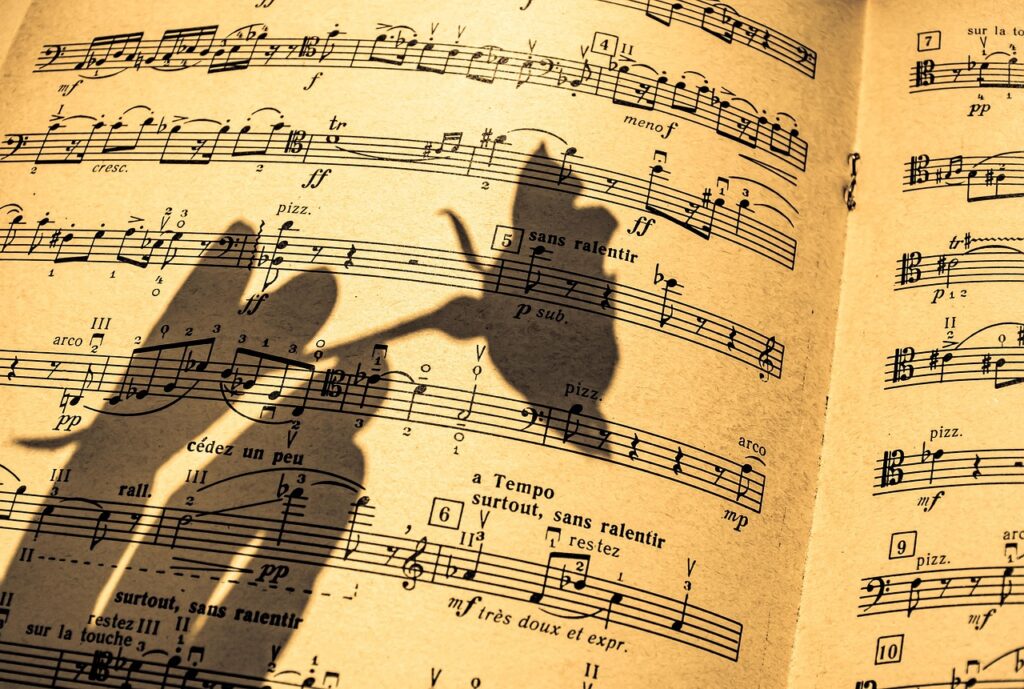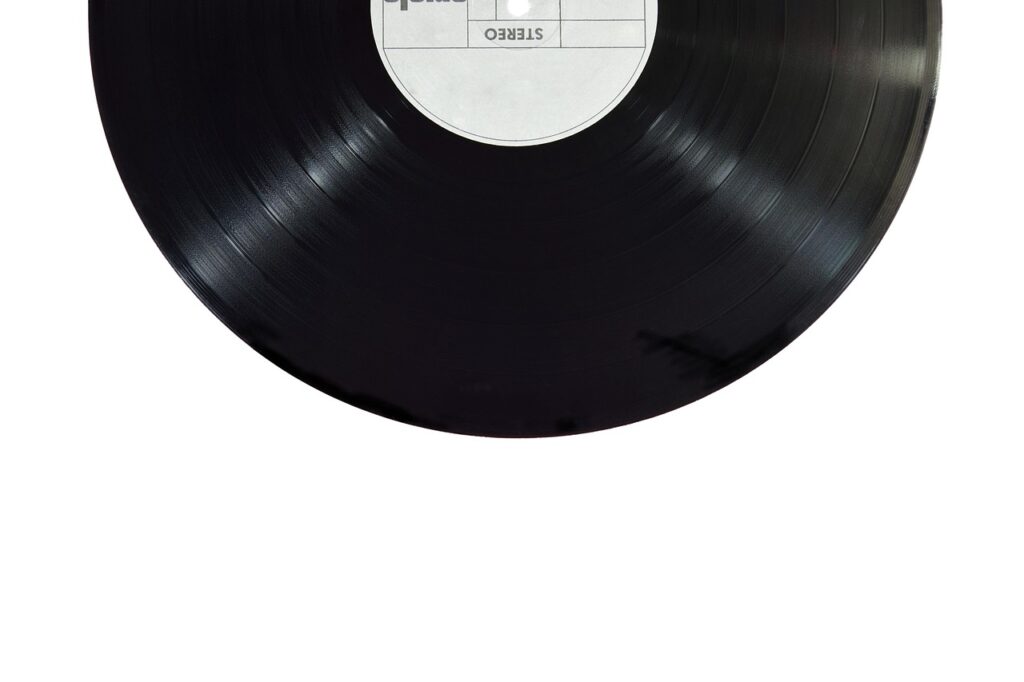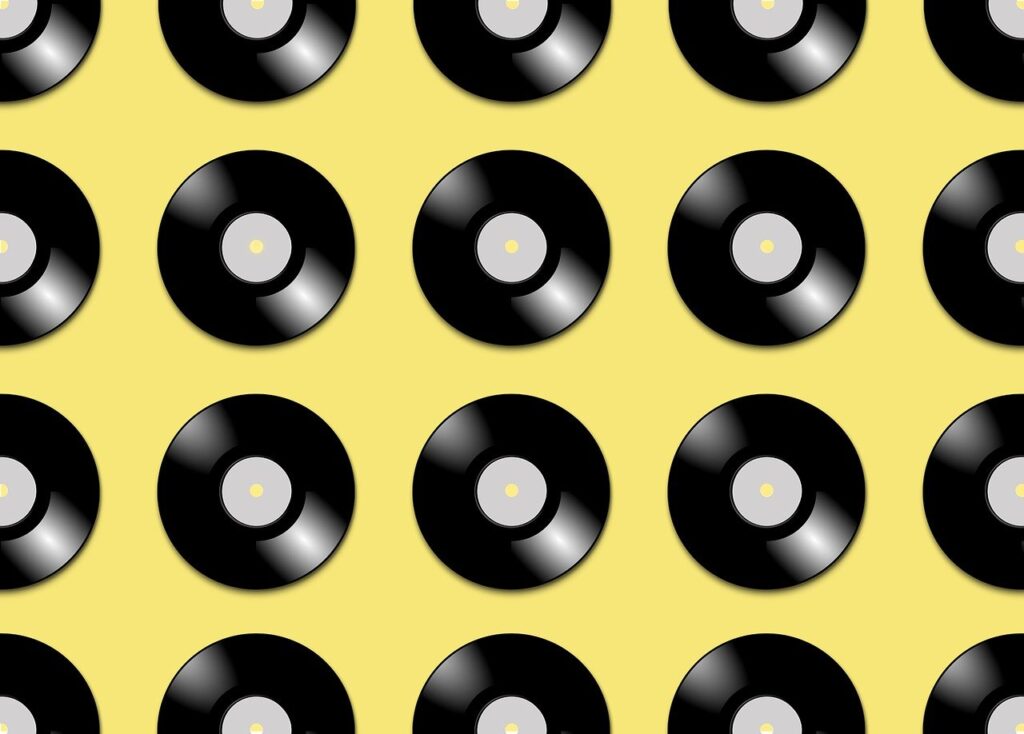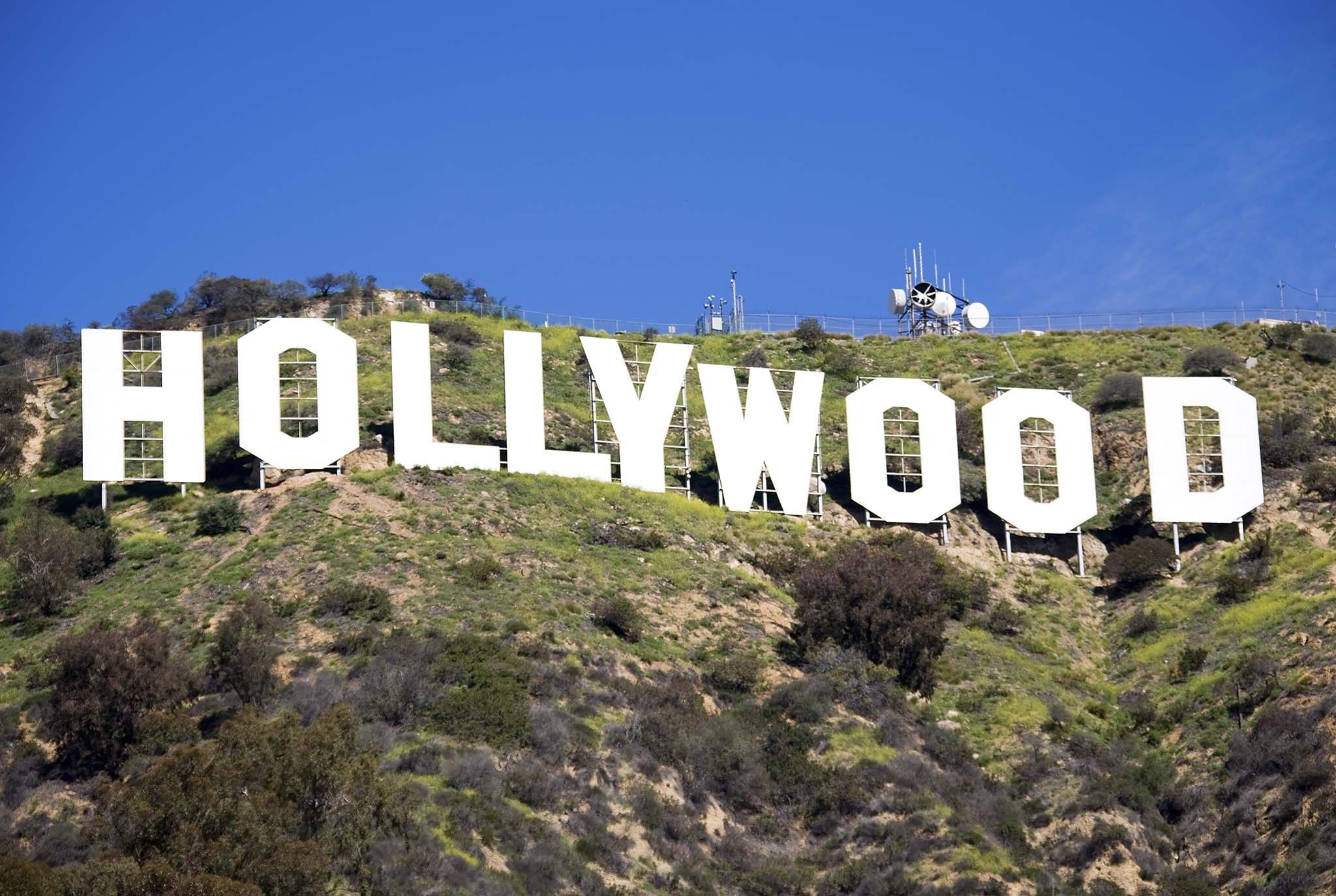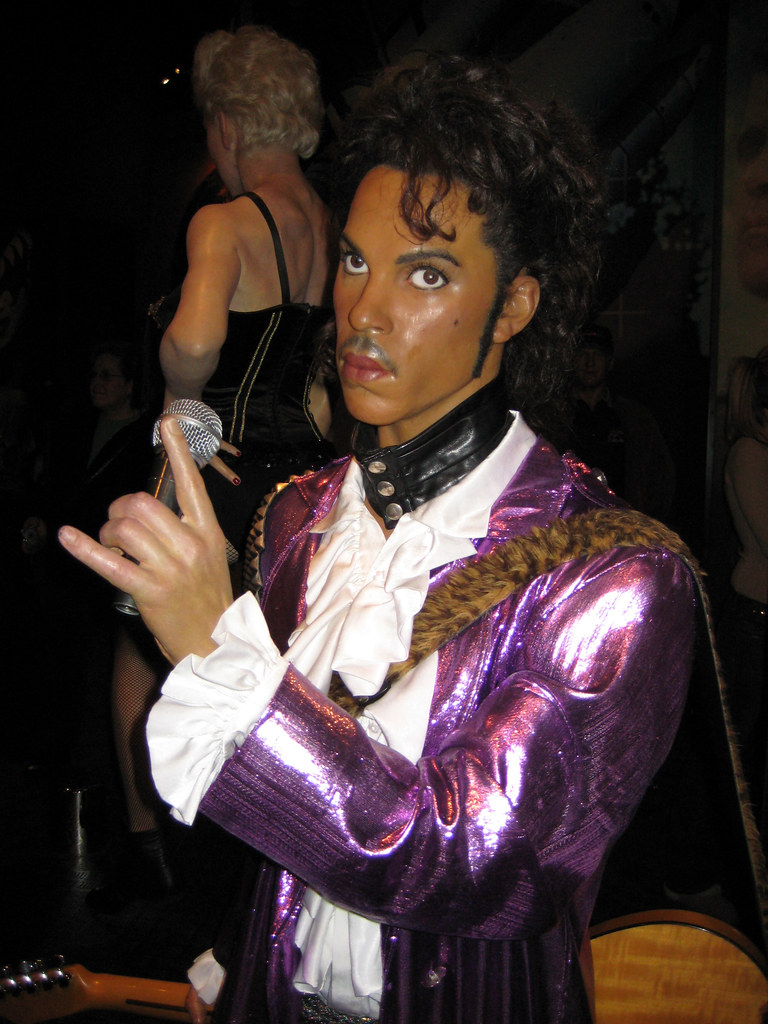
Prince Rogers Nelson was more than just a musician; he was a phenomenon, an enigma, and an unparalleled artistic force who redefined music, fashion, and performance for generations. His career, spanning decades, was marked by dazzling innovation, relentless creativity, and a fierce independence that saw him battle industry giants to retain control over his prodigious output. From his humble beginnings in Minneapolis to becoming a global icon, Prince’s journey is a testament to raw talent, unwavering vision, and a dedication to pushing boundaries.
His flamboyant, androgynous persona, astonishingly wide vocal range—which included a far-reaching falsetto and high-pitched screams—and incredible multi-instrumental skills captivated audiences worldwide. Billboard magazine famously called him “the greatest musical talent of his generation,” a title he consistently lived up to, weaving funk, disco, R&B, rock, new wave, soul, synth-pop, pop, jazz, blues, and even hip hop into a seamless, groundbreaking sound known as the Minneapolis sound. Prince not only produced his own albums but often preferred to play all, or most, of the instruments on his recordings, showcasing a level of complete artistic command rarely seen in the industry.
Today, we embark on a journey through the extraordinary life of Prince, exploring the pivotal moments and defining eras that cemented his status as an immortal legend. We’ll delve into the stories behind his rise, the struggles he overcame, and the innovations he pioneered, providing an intimate look at the man behind the purple mystique, from his childhood dreams to his undeniable reign as a musical monarch, always driven by an insatiable desire to create and innovate.
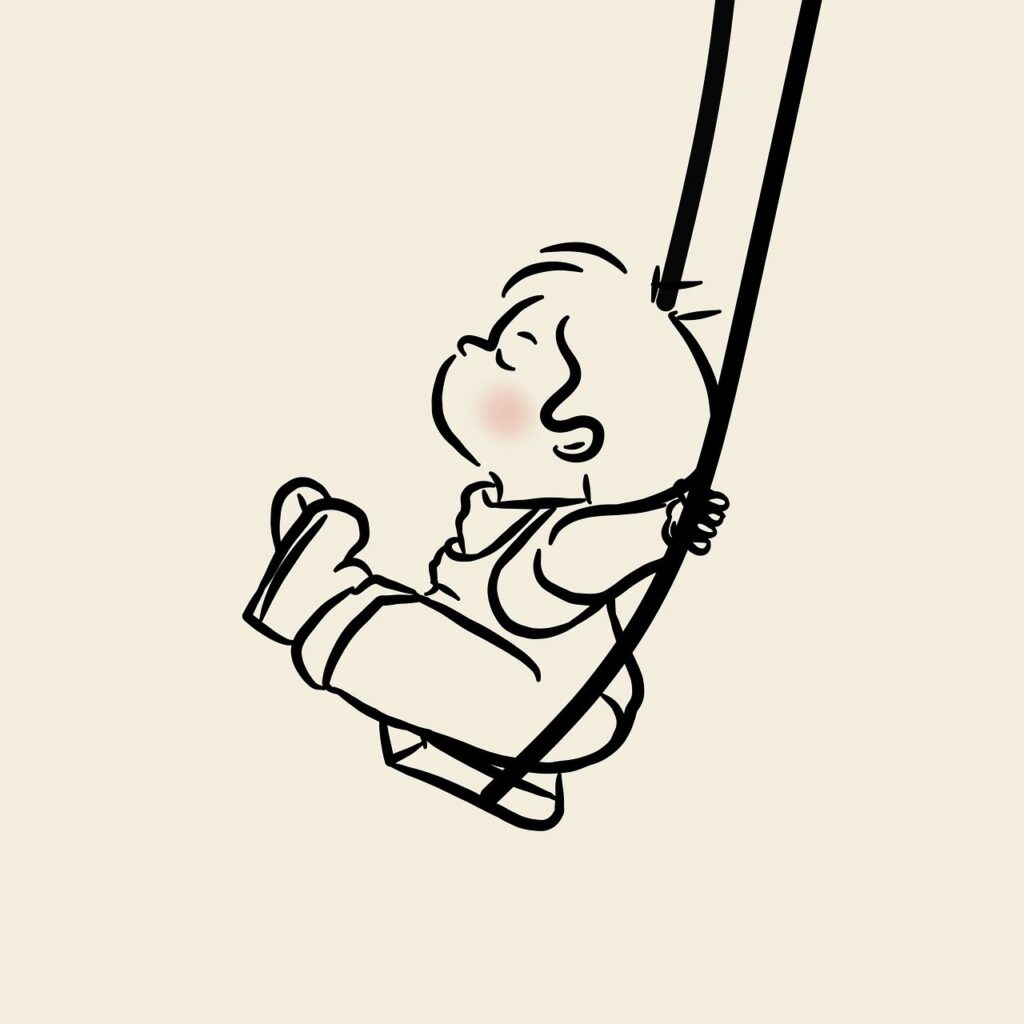
1. **Early Life, Formative Years, and the Seeds of a Legend**
Born in Minneapolis on June 7, 1958, Prince Rogers Nelson was destined for a life immersed in music. His mother, Mattie Della, was a jazz singer, and his father, John Lewis Nelson, was a pianist and songwriter, performing together in a jazz group called the Prince Rogers Trio. Prince was named after his father’s most popular stage name, Prince Rogers, a decision his father later explained to A Current Affair in 1991, stating he wanted Prince “to do everything I wanted to do.”
Despite the regal name, Prince himself wasn’t fond of it during childhood, preferring to be called “Skipper.” This nickname stuck throughout his early years, a small detail that perhaps hinted at his later inclination to forge his own path. He also faced personal challenges, stating he was “born epileptic” and experienced seizures as a child, a condition he believed was overcome through a divine encounter, recounting, “My mother told me one day I walked in to her and said, ‘Mom, I’m not going to be sick anymore,’ and she said, ‘Why?’ and I said, ‘Because an angel told me so.'”
His parents’ divorce when he was ten created a period of instability, leading him to shuttle between homes. During this time, his mother remarried Hayward Baker, who introduced Prince to James Brown in concert, an experience Prince credited with improving the family’s finances. A brief stay with his father, who bought him his first guitar, ended when he was thrown out, leading him to find refuge in the basement of the Anderson family, neighbors whose son, Andre, would become his collaborator André Cymone.
Prince’s inquisitive nature was evident early on; he helped test the original *The Oregon Trail* video game at Bryant Junior High. He also showed diverse talents, playing football, basketball, and baseball at Central High School, and even receiving classical ballet training at the Minnesota Dance Theatre through the Urban Arts Program. This early exposure to various art forms and physical disciplines undoubtedly shaped his dynamic stage presence and his later advocacy for dancers, including using his wealth to save the struggling Joffrey Ballet in Chicago during the 1990s. His musical prowess was already clear in 1973 when he impressed songwriter and producer Jimmy Jam with his talent and work ethic.
Read more about: 14 Mind-Blowing Photos of Famous People Before They Became World-Renowned Celebrities
2. **From Minneapolis Genius to Warner Bros. Contract: The Genesis of a Career**
The mid-1970s saw Prince’s professional journey begin to take shape. In 1975, he contributed guitar tracks and co-wrote “Just Another Sucker” for 94 East, a band formed by his cousin’s husband, Pepe Willie. These early recordings laid the groundwork for what would later become the album *Minneapolis Genius – The Historic 1977 Recordings*, showcasing his burgeoning talent.
Shortly after graduating from Central High School in 1976, Prince created a demo tape with producer Chris Moon in Minneapolis. When a recording contract proved elusive, Moon brought the tape to businessman Owen Husney, who swiftly signed the then 19-year-old Prince to a management contract. Husney’s efforts, including a demo recorded at Sound 80 Studios and a compelling press kit, attracted significant interest from major labels like Warner Bros. Records, A&M Records, and Columbia Records.
The pivotal moment arrived in 1977 when Prince signed a recording contract with Warner Bros. Records. The groundbreaking deal granted him unprecedented creative control over his first three albums and allowed him to retain his publishing rights, a testament to his early artistic vision and Husney’s negotiation skills. Prince and Husney then relocated to Sausalito, California, where the debut album, *For You*, was recorded at Record Plant Studios.
The album, mixed in Los Angeles and released on April 7, 1978, was a monumental achievement for Prince. The album notes proudly stated that Prince wrote, produced, arranged, composed, and played all 27 instruments on the recording, with the sole exception of co-writing “Soft and Wet” with Moon. This astonishing feat, though doubling his initial advance in recording costs, firmly established him as a singular talent. “Soft and Wet” found success, reaching No. 12 on the Hot Soul Singles chart and No. 92 on the Billboard Hot 100, while “Just as Long as We’re Together” also charted on the Hot Soul Singles, marking his initial foray into the mainstream.
3. **Forging an Identity: The Early Band, Self-Titled Success, and Provocative *Dirty Mind***
As Prince’s career gained momentum, he began to assemble a live band to bring his studio creations to the stage. By 1979, this lineup included André Cymone on bass, Dez Dickerson on guitar, Gayle Chapman and Doctor Fink on keyboards, and Bobby Z. on drums. Their inaugural performance at the Capri Theater on January 5, 1979, was a formative experience, though Warner Bros. executives determined that Prince and his band needed more time to hone their craft before a wider rollout.
That same year, Prince released his self-titled second album, *Prince*, which quickly climbed the charts, reaching No. 4 on the Billboard Top R&B/Black Albums charts and No. 22 on the Billboard 200, eventually achieving platinum status. The album featured two significant R&B hits: “Why You Wanna Treat Me So Bad?” and “I Wanna Be Your Lover.” The latter was a massive success, selling over a million copies and peaking at No. 11 on the Billboard Hot 100 and reigning at No. 1 for two weeks on the Hot Soul Singles chart, solidifying his commercial appeal.
The turn of the decade saw Prince pushing boundaries even further with the 1980 release of *Dirty Mind*. This album was a daring departure, containing ually explicit material in tracks like the title song, “Head,” and “Sister.” Stephen Thomas Erlewine aptly described it as a “stunning, audacious amalgam of funk, new wave, R&B, and pop, fueled by grinningly salacious sex and the desire to shock,” a description that perfectly captures its impact.
Recorded entirely in Prince’s own studio, *Dirty Mind* was certified gold, and its single “Uptown” found success, reaching No. 5 on both the Billboard Dance chart and the Hot Soul Singles chart. This period also saw Prince gain valuable touring experience as the opening act for Rick James’ 1980 Fire It Up tour, exposing him to larger audiences and preparing him for the explosive stardom that lay ahead.
4. **Controversy, *1999*, and Breaking Barriers on MTV**
Prince’s artistic fearlessness continued into the early 1980s. After his first appearance on *Saturday Night Live* in February 1981, performing “Partyup,” he released the album *Controversy* in October of the same year. To support this new work, he took on dates as one of three opening acts for the legendary Rolling Stones on their US tour, a challenging environment that often tested his unconventional stage presence.
One memorable incident occurred in Los Angeles, where Prince, famously appearing in a trench coat and black bikini briefs, was forced off the stage after just three songs by an audience that resorted to throwing trash at him. Undeterred, he began 1982 with a more intimate tour of college towns, where he was the headlining act, continuing to refine his live performance and connect with his burgeoning fanbase. It was also during this period that Prince began his distinctive use of abbreviated spelling, such as “U” for “you” and “2” for “to,” a shorthand that would become a personal trademark in his album titles, liner notes, and web postings for decades.
Late 1982 brought the release of the groundbreaking double album, *1999*, which would go on to sell more than four million copies. The title track, a potent protest against nuclear proliferation, became Prince’s first top 10 hit in countries outside the US, showcasing his growing international appeal and his willingness to address social issues through his music. This album was a watershed moment not just for Prince, but for music television itself.
His single “Little Red Corvette” became one of the first two videos by black artists, alongside Michael Jackson’s “Billie Jean,” to be played in heavy rotation on MTV. This was a significant breakthrough, as MTV had previously been perceived as resistant to “black music” until CBS President Walter Yetnikoff famously threatened to pull all CBS videos, forcing a change in programming. The success of *1999* also saw “Delirious” place in the top ten on the Billboard Hot 100 chart, and “International Lover” earned Prince his very first Grammy Award nomination, solidifying his status as a major force in popular music.
Read more about: The Indelible Reign of Prince: A Forbes Retrospective on the Musical Genius, Financial Acumen, and Cultural Impact of an Icon
5. **The Purple Reign: *Purple Rain* Film, Album, and Global Domination**
The period leading up to 1984 saw Prince firmly establishing his backing band as “the Revolution,” a name subtly hinted at on the cover of *1999*. This band, featuring Lisa Coleman and Doctor Fink on keyboards, Bobby Z. on drums, Brown Mark on bass, and Jill Jones as a backing singer, underwent a key change after the *1999* Tour when Dez Dickerson left for religious reasons, replaced by Wendy Melvoin, a friend of Lisa Coleman. This solidified the iconic lineup that would soon conquer the world.
According to his former manager Bob Cavallo, Prince mandated a deal for a major motion picture in the early 1980s, despite his limited exposure at the time. This ambitious vision culminated in the sensational *Purple Rain* (1984), a film starring Prince himself, loosely autobiographical and a cultural touchstone. The eponymous studio album served as the film’s soundtrack, launching Prince into an unprecedented stratosphere of fame and artistic achievement.
The *Purple Rain* album was nothing short of a phenomenon, selling more than 13 million copies in the US alone and spending an astonishing 24 consecutive weeks at No. 1 on the Billboard 200 chart. The film itself was a box-office hit, grossing over $68 million in the US, and Prince won an Academy Award for Best Original Song Score, a rare accolade for a musician. Songs from the film became global hits, with “When Doves Cry” and “Let’s Go Crazy” both reaching No. 1, and the title track peaking at No. 2 on the Billboard Hot 100.
Remarkably, at one point in 1984, Prince simultaneously held the No. 1 album, single, and film in the US—a feat no other singer had achieved before. The album’s critical acclaim matched its commercial success, ranking 8th in Rolling Stone’s “500 Greatest Albums of All Time” and included on Time magazine’s “All-Time 100 Albums.” It also garnered Prince two of his first three Grammy Awards: Best Rock Performance by a Duo or Group with Vocal and Best Score Soundtrack for Visual Media, underscoring its profound impact across genres. “When Doves Cry” specifically became a signature song, instantly recognizable and deeply intertwined with his identity.
The *Purple Rain* era also captured the attention of the art world. Pop artist Andy Warhol, fascinated by Prince, created a series of twelve unique paintings of him in different colorways. Four of these iconic paintings now reside in The Andy Warhol Museum in Pittsburgh. In November 1984, Vanity Fair published Warhol’s “Orange Prince” portrait alongside an article titled “Purple Fame,” which declared that Warhol’s silkscreen image “captured the recording artist at the height of his powers,” perfectly coinciding with the launch of the massive 98-date Purple Rain Tour.
6. **Beyond the Rain: Parental Advisories, Artistic Experiments, and *Parade***
The immense impact of *Purple Rain* extended beyond music and film, inadvertently triggering a national debate about explicit content in popular music. Tipper Gore, after hearing her 11-year-old daughter listening to Prince’s song “Darling Nikki” with its widely notorious ual lyrics and reference to masturbation, founded the Parents Music Resource Center. This organization championed the mandatory use of warning labels, famously known as “Parental Advisory: Explicit Lyrics,” on records deemed unsuitable for minors, a request the recording industry later voluntarily adopted.
In the wake of *Purple Rain*’s whirlwind success, Prince announced a surprising decision: he would discontinue live performances and music videos after his next album. That subsequent recording, *Around the World in a Day* (1985), defied expectations by holding the No. 1 spot on the Billboard 200 for three weeks. Singles from the album, “Raspberry Beret” and “Pop Life,” continued his chart success, reaching No. 2 and No. 7 on the Billboard Hot 100 respectively, proving his creative wellspring was far from dry.
His 1986 album, *Parade*, which reached No. 3 on the Billboard 200 and No. 2 on the R&B charts, further showcased his diverse artistry. The lead single, “Kiss,” with the video choreographed by Louis Falco, became another No. 1 hit on the Billboard Hot 100. Interestingly, the song was originally written for a side project band called Mazarati, demonstrating Prince’s prolificacy and generosity with his material. That same year, he penned “Manic Monday” for The Bangles, which climbed to No. 2 on the Hot 100 chart, proving his songwriting genius extended beyond his own voice.
*Parade* also served as the soundtrack for Prince’s second film, *Under the Cherry Moon* (1986). This time, Prince took on directorial duties and starred alongside Kristin Scott Thomas. While the *Parade* album achieved platinum status and sold two million copies, the film itself faced a harsher reception, earning a Golden Raspberry Award for Worst Picture (tied with *Howard the Duck*). Prince was also singled out for individual Razzie awards for Worst Director, Worst Actor, and Worst Original Song for “Love or Money.”
Despite the initial critical panning, *Under the Cherry Moon* has seen a re-evaluation after Prince’s death, with some critics now considering it a cult classic, drawing comparisons to revered films like Federico Fellini’s *8½*, *Casablanca*, and *It Happened One Night*. This shift in perspective highlights the often-ahead-of-its-time nature of Prince’s artistic endeavors, proving that true art often needs time to be fully understood and appreciated.
7. **Disbanding The Revolution and the Masterpiece of *Sign o’ the Times***
Following the *Hit n Run – Parade Tour* in 1986, a significant change swept through Prince’s musical world: he disbanded the Revolution. This decision saw the departure of core members Wendy & Lisa, and Brown Mark also quit, though keyboardist Doctor Fink remained. Prince swiftly recruited new talent, including Miko Weaver on guitar, Atlanta Bliss on trumpet, and Eric Leeds on saxophone, signaling a fresh chapter for his live performances and studio work.
Before the Revolution’s official disbandment, Prince had been working on two distinct projects: the band-focused album *Dream Factory* and a solo effort titled *Camille*. *Dream Factory* marked a collaborative shift, incorporating input from band members and even featuring lead vocals by Wendy & Lisa. The *Camille* project, meanwhile, saw Prince experimenting with a new, androgynous persona, primarily singing in a sped-up, female-sounding voice, showcasing his continuous quest for artistic reinvention.
With the Revolution dismissed, Prince consolidated material from both these shelved albums, adding new songs to create an ambitious three-LP album, which he intended to title *Crystal Ball*. However, Warner Bros. intervened, compelling Prince to trim the expansive triple album down to a double album. The result of this creative compression was the critically acclaimed *Sign o’ the Times*, released on March 31, 1987, a monumental work that many consider his career’s greatest achievement.
The album peaked at No. 6 on the Billboard 200 albums chart, demonstrating its commercial strength despite its artistic depth. It spawned several successful singles: the title track, “Sign o’ the Times,” charted at No. 3 on the Hot 100; “If I Was Your Girlfriend” reached No. 67 on the Hot 100 but soared to No. 12 on the R&B chart; the duet with Sheena Easton, “U Got the Look,” hit No. 2 on the Hot 100 and No. 11 on the R&B chart; and the final single, “I Could Never Take the Place of Your Man,” finished at No. 10 on the Hot 100 and No. 14 on the R&B chart.
*Sign o’ the Times* was universally lauded by critics, named the top album of the year by the prestigious Pazz & Jop critics’ poll and selling 3.2 million copies. Its success in Europe led Prince to embark on a lengthy overseas tour to promote the album. He assembled a new backing band, retaining Doctor Fink, Miko Weaver, Eric Leeds, and Atlanta Bliss, and adding bassist Levi Seacer Jr., keyboardist Boni Boyer, dancer/choreographer Cat Glover, and drummer Sheila E, alongside the Bodyguards. Although Warner Bros. wanted to bring the successful tour to the US, Prince, eager to produce new music, compromised by filming the last two nights for a theatrical release. Despite initial film quality issues requiring reshoots at Paisley Park, the *Sign o’ the Times* film received better reviews than *Under the Cherry Moon*, further cementing this era as a definitive high point in his illustrious career.
Continuing our fascinating journey through the unparalleled career of Prince Rogers Nelson, we now delve into the later stages of his artistic evolution, marked by fierce battles for creative freedom, groundbreaking independent ventures, and a triumphant return to the spotlight that cemented his status as a timeless icon. His story is one of constant reinvention, a relentless pursuit of musical integrity, and an unwavering commitment to his art, even when it meant challenging the very industry that sought to contain him.
Read more about: A Royal Musical Journey: Prince’s Enduring Partnership with Innovation, Artistry, and His Global Audience
8. **The Mysterious *Black Album* and the Spiritual *Lovey***
After the critical success of *Sign o’ the Times*, Prince took an unexpected turn with an album initially slated for release in late 1987, famously known as *The Black Album*. This recording represented a shift back to more instrumental, raw funk, and R&B themes, even incorporating experiments with hip hop on tracks such as “Bob George” and “Dead on It.” It was designed to be a stark, unadorned statement, with an intended monochromatic black cover displaying only its catalog number.
However, a dramatic twist occurred just as 500,000 copies had already been pressed. Prince, experiencing what he described as a spiritual epiphany, declared the album to be “evil” and demanded its immediate recall. This decision instantly transformed *The Black Album* into one of music history’s most fabled unreleased recordings, a testament to Prince’s deep spiritual convictions and his willingness to sacrifice commercial gain for artistic and personal principles. It eventually received a limited official release seven years later, in 1994, allowing fans a glimpse into this enigmatic chapter.
Swiftly moving on from the withdrawn album, Prince re-entered the studio with furious energy, recording *Lovey* in a mere eight weeks. Released on May 10, 1988, this album served as a complete spiritual antithesis to the darkness he perceived in *The Black Album*, exuding positivity and light. Each track on *Lovesexy* was a solo effort by Prince, with the sole exception of “Eye No,” which featured his backing band at the time, showcasing his extraordinary self-sufficiency as a musician and producer.
*Lovey* found its own commercial footing, reaching No. 11 on the Billboard 200 and No. 5 on the R&B albums chart. Its lead single, “Alphabet St.,” became a significant hit, peaking at No. 8 on the Hot 100 and No. 3 on the R&B chart, selling 750,000 copies. Prince then embarked on a massive 84-show Lovesexy World Tour, taking his post-Revolution backing band (though without the Bodyguards) across three legs. While the performances were lauded by huge crowds, the tour, burdened by its incredibly expensive sets and elaborate props, ultimately failed to generate a net profit, revealing the high cost of Prince’s ambitious stagecraft.
9. **Collaborations, *Batman* Soundtrack, and *Graffiti Bridge***
The late 1980s continued to see Prince’s prolific output and surprising collaborations. In 1989, he lent his immense talent to Madonna’s iconic studio album *Like a Prayer*, co-writing and singing the memorable duet “Love Song.” Furthermore, his distinctive electric guitar work could be heard uncredited on several other tracks, including the title song “Like a Prayer,” “Keep It Together,” and “Act of Contrition,” underscoring his influence even when not in the spotlight.
At this time, Prince had already begun working on diverse musical projects such as *Rave Unto the Joy Fantastic* and early drafts of his *Graffiti Bridge* film. However, these were temporarily shelved when director Tim Burton personally requested Prince to contribute to the soundtrack for his upcoming live-action adaptation of *Batman* (1989). Prince, ever the studio powerhouse, quickly produced an entire nine-track album, which Warner Bros. released on June 20, 1989.
The *Batman* album became a colossal success, soaring to No. 1 on the Billboard 200 and selling an astounding 4.3 million copies. The single “Batdance” topped both the Billboard Hot 100 and R&B charts, proving Prince’s uncanny ability to fuse his distinct sound with a mainstream franchise. Other singles, like “The Arms of Orion” (a duet with Sheena Easton), “Partyman” (featuring vocals from his then-girlfriend Anna Fantastic), and the ballad “Scandalous!,” also charted highly, expanding his commercial reach. It’s noteworthy that as part of the deal for the soundtrack, Prince had to relinquish all publishing rights for these songs to Warner Bros., a concession that would foreshadow later contractual disputes.
In 1990, Prince hit the road once more for his “back-to-basics” Nude Tour, featuring a revamped band lineup that included new keyboardist Rosie Gaines, drummer Michael Bland, and the dancing trio the Game Boyz. This European and Japanese tour, focusing on a shorter, greatest hits setlist, proved to be a significant financial success. As the year progressed, he finished his fourth film, *Graffiti Bridge* (1990), and its accompanying album. Despite initial reluctance from Warner Bros. to fund the film, Prince’s assurances that it was a sequel to *Purple Rain*, coupled with the involvement of original members of The Time, convinced the studio to greenlight the project. However, the film ultimately flopped at the box office, grossing only $4.2 million, even as the album performed moderately well, reaching No. 6 on the Billboard 200 and R&B charts, spawning hits like “Thieves in the Temple” and “Round and Round,” which featured teenage Tevin Campbell. Following this, the last remaining members of The Revolution, Miko Weaver and Doctor Fink, departed Prince’s band, signaling the end of an era.
Read more about: Prince Rogers Nelson: The Architect of Sound – A Comprehensive Journey Through the Life and Enduring Legacy of a Musical Icon
10. **The New Power Generation, *Diamonds and Pearls*, and the “Love Symbol” Era**
The early 1990s ushered in a fresh chapter for Prince with the debut of his new band, The New Power Generation, at Rock in Rio II in 1991. With long-time collaborators like Miko Weaver and Doctor Fink moving on, Prince brought in a dynamic new lineup: Sonny T. on bass, Tommy Barbarella on keyboards, the brass section known as the Hornheads, and Levi Seacer taking over on guitar, alongside Rosie Gaines, Michael Bland, and the Game Boyz. This rejuvenated ensemble brought a new energy to his sound.
With significant creative input from his band members, the album *Diamonds and Pearls* was released on October 1, 1991. This collaboration proved highly successful, reaching No. 3 on the Billboard 200 album chart and spawning four hit singles in the United States. “Gett Off” peaked at No. 21 on the Hot 100 and No. 6 on the R&B charts, followed by “Cream,” which sensationally gave Prince his fifth US No. 1 single. The title track, “Diamonds and Pearls,” became the album’s third single, reaching No. 3 on the Hot 100 and topping the R&B charts, with “Money Don’t Matter 2 Night” also charting well. The album itself sold more than 2 million copies in the United States alone, marking a strong commercial comeback.
Following the impressive success of *Diamonds and Pearls*, Prince renewed his contract with Warner Bros. in 1992, reportedly securing an astonishing $100 million deal for six more albums. This seemed to promise a continuation of their long-standing, albeit often contentious, relationship. In November of that year, Prince released his 14th studio album, and the second to feature The New Power Generation. However, this album bore no traditional title, instead displaying an unpronounceable symbol on its cover—later copyrighted as “Love Symbol #2″—explained as a unique fusion of male and female symbols.
This symbolically titled album was preceded by the singles “Sexy MF” and “My Name Is Prince,” which peaked at No. 66 and No. 36 respectively on the Billboard Hot 100. The third single, “7,” would climb to No. 7, adding to its chart presence. Though the album, later simply referred to as *Love Symbol*, reached No. 5 on the Billboard 200 and went on to sell 2.8 million copies worldwide, it still fell short of the lofty expectations set by the magnitude of his new contract and recent successes, hinting at brewing tensions behind the scenes.
Read more about: Prince Rogers Nelson: The Architect of Sound – A Comprehensive Journey Through the Life and Enduring Legacy of a Musical Icon
11. **Contractual Battles and Artistic Rebellion: The Artist Formerly Known as Prince**
By 1993, Prince’s relationship with Warner Bros. had reached a breaking point, primarily due to the label’s refusal to release his vast backlog of music at the pace he desired. Frustrated by what he perceived as creative suppression, Prince engaged in a profound act of artistic rebellion: he formally adopted the unpronounceable “Love Symbol” as his stage name. This bold move was a direct challenge to the corporate structure he felt was stifling his prolific output.
To accommodate this unprecedented name change in print media, Warner Bros. had to resort to an extraordinary solution, organizing a mass mailing of floppy disks containing a custom font for the symbol. During this period, Prince was often referred to by the media and fans as “the Artist Formerly Known as Prince” or simply “the Artist,” underscoring the revolutionary nature of his protest. That same year, Warner Bros. released a comprehensive greatest hits compilation, *The Hits/The B-Sides*, a three-disc set. The first two discs were also sold separately, offering fans a collection of his major singles, rare B-sides, and previously unreleased tracks, including the Revolution-recorded “Power Fantastic” and a live recording of “Nothing Compares 2 U” featuring Rosie Gaines, with new promotional singles “Pink Cashmere” and “Peach.”
Prince’s desire for creative freedom was further evident in 1994 when Warner Bros. permitted the single “The Most Beautiful Girl in the World” to be released through a small, independent distributor, Bellmark Records. This release proved to be a massive international success, reaching No. 3 on the US Billboard Hot 100 and topping the charts in numerous other countries, demonstrating his ability to thrive outside traditional label constraints. To extricate himself from his contract, Prince then began releasing albums in rapid succession, a strategy aimed at fulfilling his contractual obligations as quickly as possible. This led to the official, though limited, release of the previously aborted *Black Album* seven years after its recording.
He then pushed for the simultaneous release of his next two albums, *Come* and *The Gold Experience*. While Warner Bros. accepted both, they delayed the release of *The Gold Experience*, citing concerns about market saturation. In a powerful and visual act of protest, Prince began making public appearances with the word “slave” written on his face, a poignant statement against what he viewed as his servitude to the record label. *The Gold Experience* eventually came out in September 1995, though its availability was later impacted by a plagiarism case related to “The Most Beautiful Girl in the World,” leading to its reissues years later. His contract with Warner Bros. finally concluded in 1996 with the submission of *Chaos and Disorder* and *The Vault: Old Friends 4 Sale* (though the latter wasn’t released until 1999), officially granting him his hard-won independence.
Read more about: Prince Rogers Nelson: The Architect of Sound – A Comprehensive Journey Through the Life and Enduring Legacy of a Musical Icon
12. **Independence, *Emancipation*, and the NPG Records Era**
Finally free from his lengthy and often contentious contractual obligations to Warner Bros., Prince wasted no time in asserting his newfound independence. Later in 1996, he attempted a major comeback with the ambitious release of *Emancipation*, a monumental 36-song, three-CD set, with each disc precisely 60 minutes long. This expansive project was released via his own NPG Records, with distribution handled by EMI, marking a significant step towards complete artistic and business control.
For *Emancipation*, Prince notably shifted his publishing from the long-standing Controversy Music – ASCAP, which he had used for all his records since 1981, to Emancipated Music Inc. – ASCAP. This change was more than a mere technicality; it symbolized his declaration of freedom and ownership over his creative output. The album itself was a commercial success, earning Platinum certification from the RIAA. It also marked a rare instance where Prince included covers of other artists’ songs, featuring his interpretations of Joan Osborne’s “One of Us,” “Betcha by Golly Wow!” (written by Thom Bell and Linda Creed), “I Can’t Make You Love Me” (by James Allen Shamblin II and Michael Barry Reid), and “La-La (Means I Love You)” (by Thom Bell and William Hart).
In 1998, Prince further delved into his extensive archives, releasing *Crystal Ball*, a five-CD collection of previously unreleased material. While an exciting prospect for fans, the distribution of this album was notably disorderly; some fans who pre-ordered it on his website waited up to a year for shipment, only to receive their copies months after the record had already hit retail stores. The retail edition itself was condensed to four discs, missing the *Kamasutra* disc, and came in two different packaging editions, adding to the confusion for collectors.
Just three months after *Crystal Ball*, Prince released *Newpower Soul*. During this bustling period of independent releases, he also collaborated on Chaka Khan’s *Come 2 My House* and Larry Graham’s *GCS2000*, both issued on the NPG label. These collaborations and new releases were actively promoted through live appearances on shows like *Vibe with Sinbad* and the *NBC Today show’s Summer Concert Series*, demonstrating Prince’s sustained drive to connect with his audience and share his continuous flow of music.
Read more about: Prince Rogers Nelson: The Architect of Sound – A Comprehensive Journey Through the Life and Enduring Legacy of a Musical Icon
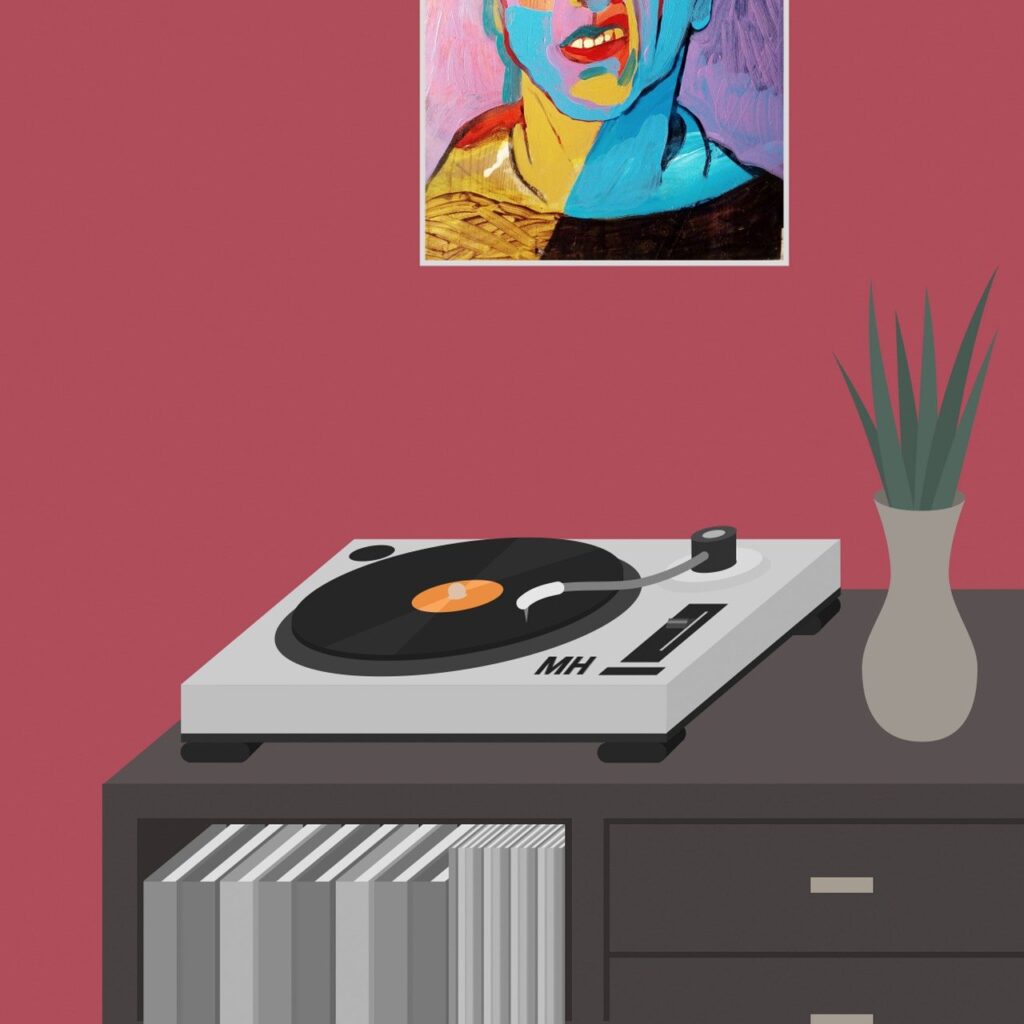
13. **Return to “Prince,” Digital Ventures, and Chart Resurgence**
As the millennium approached, Prince made another significant shift in his career trajectory. In 1999, he once again signed with a major label, Arista Records, for the release of his new record, *Rave Un2 the Joy Fantastic*. This move signaled a partial return to a more traditional industry path after his period of fierce independence. To celebrate the turn of the century, he broadcast the pay-per-view concert *Rave Un2 the Year 2000* on December 31, 1999, featuring footage from his December tour dates and including guest appearances from musicians like Lenny Kravitz, George Clinton, Jimmy Russell, and The Time, later released to home video.
A pivotal moment arrived on May 16, 2000, when Prince announced he would stop using the Love Symbol as his name. This decision coincided with the expiration of his publishing contract with Warner/Chappell, allowing him to revert to his birth name, Prince. In a press conference, he candidly stated that he was now “freed from undesirable relationships associated with the name ‘Prince,'” indicating the profound personal and artistic relief this change brought him. Despite reverting to his original name, he continued to embrace the Love Symbol, incorporating it as a logo, on album artwork, and famously, on his unique guitars.
For several years following *Rave Un2 the Joy Fantastic*, Prince innovatively focused on releasing new music primarily through his internet subscription service, initially NPGOnlineLtd.com and later NPGMusicClub.com. This pioneering digital approach allowed him direct access to his fanbase, leading to a string of albums including *Rave In2 the Joy Fantastic* (2001), *The Rainbow Children* (2001), *One Nite Alone…* (2002), *Xpectation* (2003), *C-Note* (2004), *The Chocolate Invasion* (2004), and *The Slaughterhouse* (2004), showcasing his prolific output and experimental spirit.
During this period of digital exploration, Warner Bros. released a second compilation album in 2001, *The Very Best of Prince*, gathering his most commercially successful singles from the 1980s. In 2002, Prince also released his first live album, *One Nite Alone… Live!*, a three-CD box set capturing performances from his *One Nite Alone…Tour* and including an “aftershow” music disc titled *It Ain’t Over!*. Prince actively fostered a closer connection with his dedicated fanbase through the NPG Music Club, pre-concert sound checks, and yearly “celebrations” held at Paisley Park, his legendary music studios. Fans were invited for tours, interviews, discussions, and exclusive music-listening sessions, with some of these intimate interactions even filmed for an unreleased documentary directed by Kevin Smith, highlighting his unique engagement with his community.
Read more about: Prince Rogers Nelson: The Architect of Sound – A Comprehensive Journey Through the Life and Enduring Legacy of a Musical Icon
14. **Hall of Fame, *Musicology*, and Continuing Impact**
The early 2000s saw Prince re-emerge into mainstream consciousness with a series of high-profile appearances and critically acclaimed releases. On February 8, 2004, he delivered an unforgettable performance at the 46th Annual Grammy Awards alongside Beyoncé, opening the show with a thrilling medley that blended his classics “Purple Rain,” “Let’s Go Crazy,” and “Baby I’m a Star” with Beyoncé’s “Crazy in Love.” This electrifying performance was a powerful reminder of his enduring charisma and musical prowess.
The following month, Prince was deservedly inducted into the Rock and Roll Hall of Fame. The prestigious award was presented by a trio of influential artists: Alicia Keys, Big Boi, and André 3000 of OutKast. During the ceremony, Prince not only performed a trio of his own indelible hits but also contributed a legendary two-minute guitar solo during a tribute to fellow inductee George Harrison, performing “While My Guitar Gently Weeps.” This searing, soulful display of his unparalleled guitar mastery instantly became one of the most talked-about moments in Grammy history. He also paid homage to Jimi Hendrix, performing “Red House” as “Purple House” on the album *Power of Soul: A Tribute to Jimi Hendrix*.
April 2004 marked the release of *Musicology* through a unique one-album agreement with Columbia Records. This album quickly soared into the top five on international charts, including the US, UK, Germany, and Australia. Its notable US chart success was partly attributed to a then-innovative strategy where CDs were included as part of concert ticket purchases, allowing each album to count towards chart placement. Just three months later, *Spin* magazine boldly declared him “the greatest frontman of all time,” a testament to his electrifying stage presence and captivating performances.
That same year, *Rolling Stone* magazine named Prince the highest-earning musician in the world, with an astonishing annual income of $56.5 million, largely fueled by his incredibly successful *Musicology Tour*, which Pollstar identified as the top concert draw among musicians in the US, playing 96 concerts with an average ticket price of US$61. *Musicology* garnered Prince two more Grammy wins: Best Male R&B Vocal Performance for “Call My Name” and Best Traditional R&B Vocal Performance for the title track, along with several other nominations. *Rolling Stone* further solidified his legacy by ranking him No. 27 on their list of the 100 Greatest Artists of All Time. In April 2005, Prince contributed his guitar skills to Stevie Wonder’s single “So What the Fuss,” and in late 2005, he signed with Universal Music to release *3121* on March 21, 2006. This album made history by becoming his first No. 1 debut on the Billboard 200, with singles like “Te Amo Corazón” (video directed by Salma Hayek) and “Black Sweat” (earning an MTV VMA nomination). To promote this new triumph, Prince was announced as the performer for the Super Bowl XLI halftime show, a truly monumental stage for his continued reign.
Read more about: The Indelible Reign of Prince: A Forbes Retrospective on the Musical Genius, Financial Acumen, and Cultural Impact of an Icon
Prince Rogers Nelson was a creative force unlike any other, a true icon who redefined music and artistry. From battling record labels to launching independent ventures and captivating audiences worldwide, his career was a masterclass in innovation and integrity. His legacy, built on over 100 million records sold, countless awards, and a vault of unreleased brilliance, continues to inspire and resonate, cementing his place not just as a musician, but as a groundbreaking cultural phenomenon whose influence will be felt for generations to come. He was, and always will be, a singular legend who endlessly pushed the boundaries of what was possible in music.

